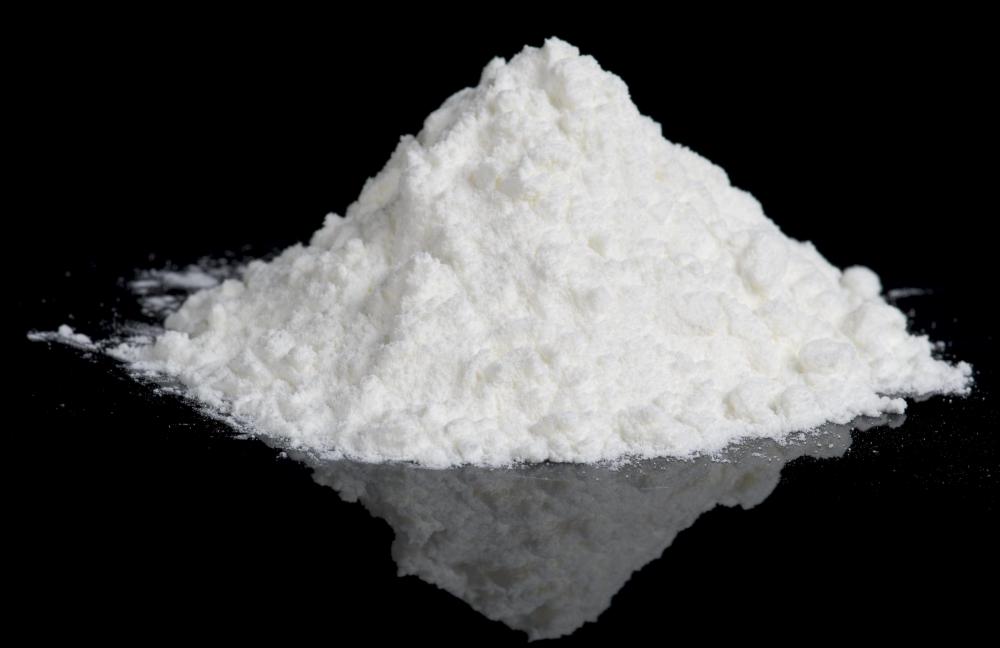At TheHealthBoard, we're committed to delivering accurate, trustworthy information. Our expert-authored content is rigorously fact-checked and sourced from credible authorities. Discover how we uphold the highest standards in providing you with reliable knowledge.
What are the Different Types of Bone Substitute?
There are two ways to categorize bone substitute material for bone grafts: synthetic and natural. Synthetic bone graft substitute is usually made of such material as calcium phosphate or calcium sulphate. Naturally-made bone substitute typically comes from either an autograft, in which the donor and recipient are the same individual, or an allograft, which uses cadaver bone. Natural bone substitute may also come from a xenograft, which utilizes an animal donor, usually a cow.
Bone graft substitutes also can be classified by how a material grafts to existing bone. Bone substitute that exhibits osteoconductive properties, for example, is porous and allows the native bone to grow onto the bone substitute as a framework for growing new bone. Osteoconductive bone substitutes include calcium sulfate, more commonly known as plaster of Paris; calcium phosphate ceramics; and porous coralline ceramics, which is engineered from coral.

On the other hand, osteoinductive materials stimulate cells to form new osteoblasts, which become new bone. Demineralized bone matrix is one type of osteoinductive material that is made from growing proteins that have been extracted from human bone for use in a bone graft. This substance does not have enough structure to use as a bone graft substitute on its own and is typically used in conjunction with another bone graft substitute material. Many bone substitutes combine both osteoconductive and osteoinductive properties, which theoretically contribute to a faster-growing and stronger bone graft.

For many years, bone autograft was the most common type of bone graft. Autograft procedures have a couple of disadvantages over synthetic bone. First, there is only a limited supply of donor bone available. Also, once the graft is performed, there is a risk of pain, which may be chronic, at the donor site.
Bone grafting is common in oral surgery to replace bone lost to tooth decay or during a tooth extraction. Replacing the missing bone creates a foundation for dental implants. Despite the disadvantages, autograft procedures have the highest success rates in these types of grafts. Donor bone is taken from the mouth for this kind of oral surgery, or from the hip bone if taking bone from the mouth is not advisable.

Allograft bone substitute is harvested from cadavers, allowing a natural alternative to autograft without the problems associated with taking the patient’s own bone. This option also requires only one surgery on the patient, rather than having a surgery to remove bone and a second to graft it. Unfortunately, allograft bone does not grow as well as autograft bone grafts and failure rate is quite high, especially in spinal fusion bone grafts.
AS FEATURED ON:
AS FEATURED ON:













Discuss this Article
Post your comments